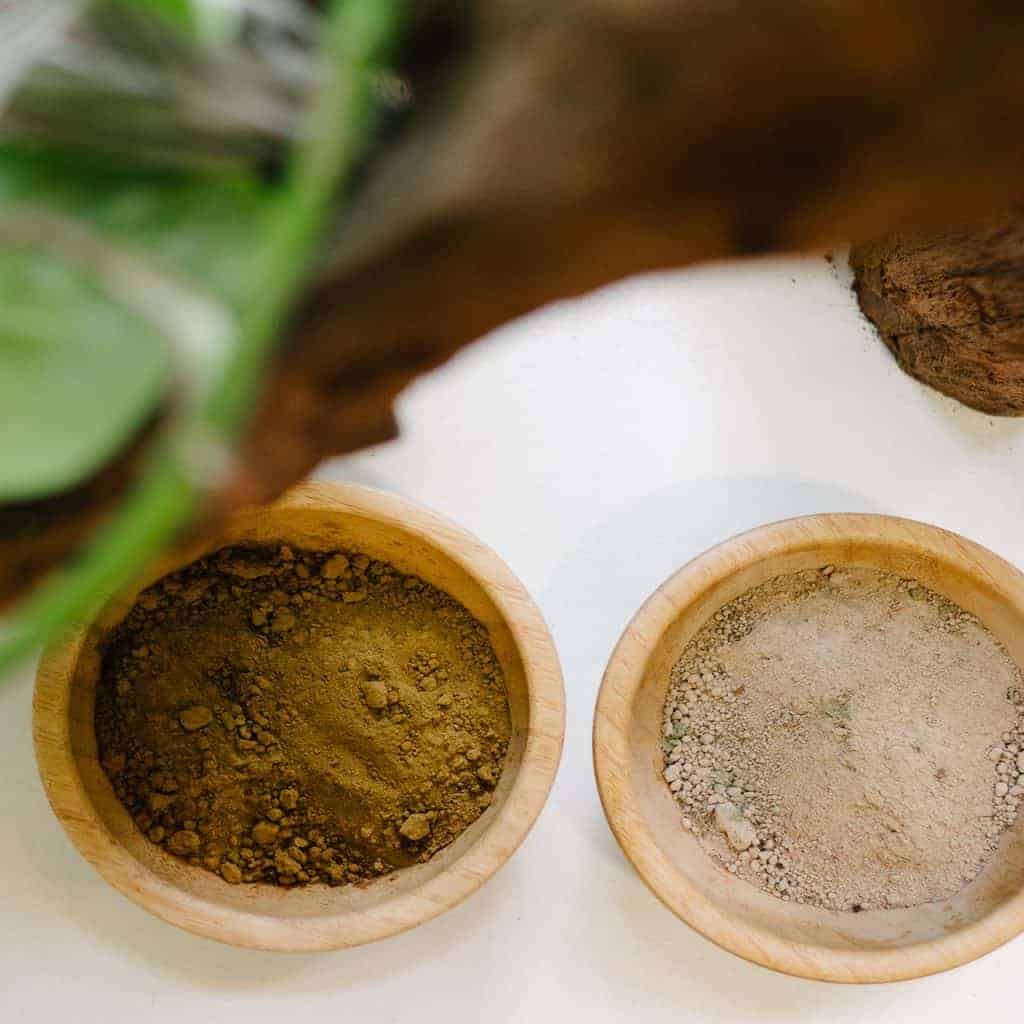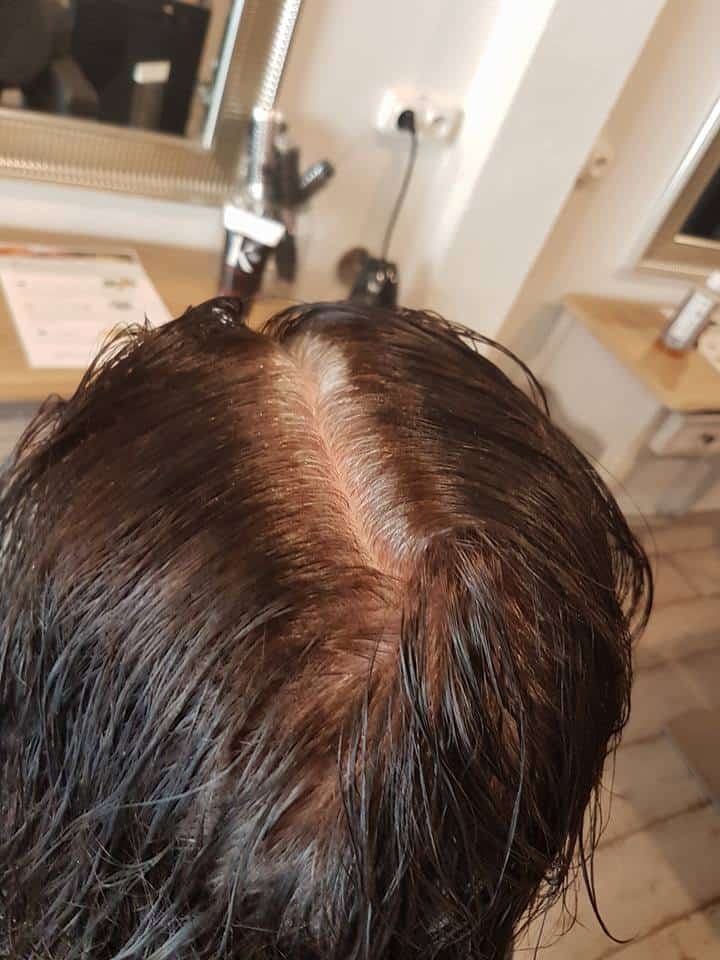La coloration au henné est une des techniques de coloration capillaire les plus plébiscitées. Mais est-il possible de faire une coloration chimique après du henné ?
Les gens qui essaient cette coloration naturelle se demandent souvent s’ils peuvent revenir à la coloration chimique.
La coloration et la teinture au henné : qu’est-ce que c’est ?
Avant de vous donner la réponse à la question, il est important de savoir ce qu’est le henné.
Il existe deux types de henné : le henné neutre et le henné naturel. Le henné naturel contient un pigment colorant naturel appelé lawsonia, présent dans les feuilles de l’arbuste.
La poudre de henné naturel, de couleur rouge, permet une coloration auburn ou cuivrée, avec un fini très naturel.
La coloration 100% végétale, à base de plantes, a de nombreux avantages pour la santé des cheveux. Il apporte de la brillance, du volume et une protection en formant un revêtement protecteur autour de la fibre capillaire. Il aide à lutter contre les pellicules et la perte de cheveux.
Une teinture végétale est un mélange de plusieurs poudres de plantes tinctoriales et plantes ayurvédiques (indigo, curcuma, la camomille, etc.).
Elle peut contenir, ou non, du henné.
Le henné neutre est souvent utilisé pour renforcer les cheveux et leur apporter brillance et volume, sans pour autant les colorer. En revanche, le henné naturel est utilisé pour colorer les cheveux de manière naturelle, en leur donnant des reflets roux à cuivrer.
Il faut remarquer que le henné naturel peut interagir de façon imprévue avec les substances chimiques des colorations classiques.
Il est donc recommandé d‘attendre au moins 6 à 8 semaines après une coloration au henné avant d’appliquer une coloration chimique, afin d’éviter tout risque de réaction indésirable.
Il est également conseillé de faire un test de compatibilité sur une petite mèche de cheveux avant de procéder à une coloration chimique complète. En suivant ces conseils, il est tout à fait possible de passer d’une coloration au henné à une coloration chimique en toute sécurité.
Une coloration chimique après une teinture au henné : la condition de cette coloration
Oui, il est possible de repasser à la coloration chimique après une coloration au henné.
Cependant, il est impératif que le henné utilisé soit 100% pur et d’origine naturelle.
Le risque réside dans l’incompatibilité des produits, au cas où l’origine de la poudre serait douteuse.
Voici un résultat de coloration au henné Biocoiff’ sur cheveux avant/après.
Certains hennés peuvent, en effet, contenir des additifs et des sels métalliques comme le sodium picramate.
Ce dernier est un composant très allergène pouvant causer des réactions chimiques violentes.
Ces agents chimiques accentuent certes la couleur, mais ils abîment, fragilisent et dessèchent les cheveux.
Par ailleurs, ils agressent le cuir chevelu.
Une décoloration après une coloration végétale au henné
Si vous souhaitez changer votre couleur pour des cheveux blonds, sachez que la décoloration maison est à proscrire après une coloration végétale, dès lors que celle-ci contient de l’indigo, ce qui est le cas de la plupart des colorations végétales.
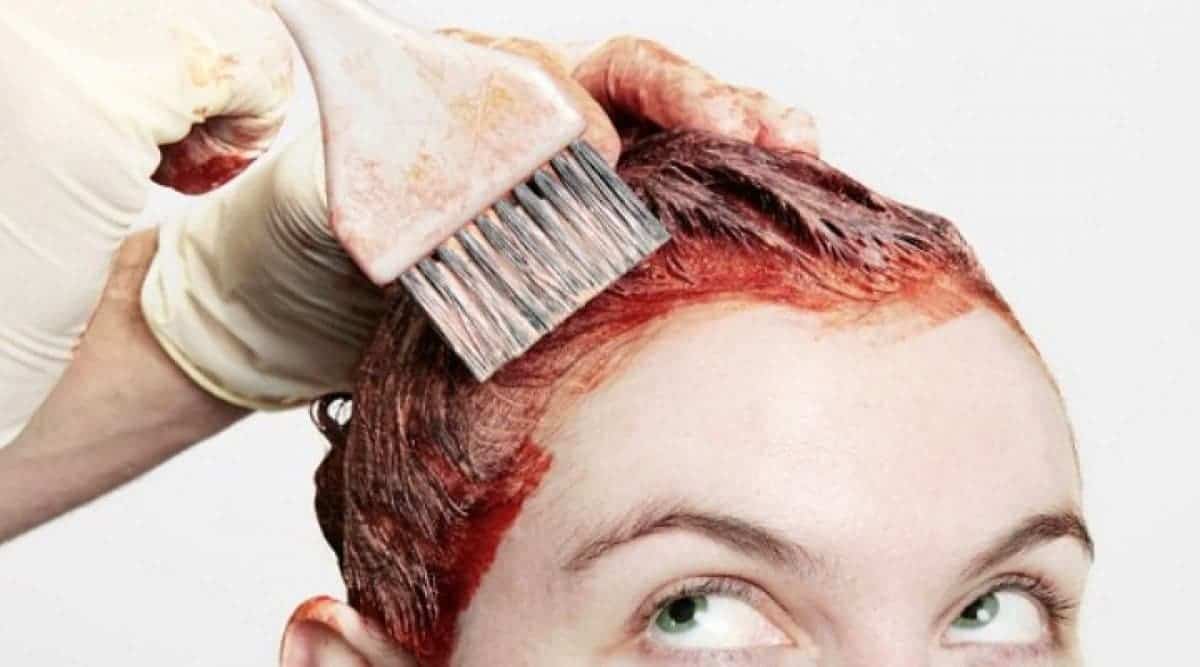
Si vous souhaitez changer votre couleur pour des cheveux blonds, sachez que la décoloration maison est à proscrire après une coloration végétale, dès lors que celle-ci contient de l’indigo, ce qui est le cas de la plupart des colorations végétales.
Si vous décidez de faire un balayage ou des mèches toute seule, le résultat sera inévitablement catastrophique : des reflets verts disgracieux.
Le jaune de la poudre décolorante et le bleu de l’indigo, donneront forcément une couleur verte.
Les substances chimiques présentes dans les agents décolorants peuvent interagir de façon imprévisible avec les pigments naturels du henné, entraînant ainsi des conséquences non souhaitées. Il est important de prendre soin de ses cheveux et de les protéger en optant pour des alternatives plus douces et naturelles, comme les colorations végétales.
Il est donc préférable de consulter un professionnel de la coloration végétale et du balayage pour effectuer une décoloration après une coloration végétale au henné.
Dans le cas où vous souhaitez repasser à la coloration chimique après henné, ou réaliser une décoloration après une coloration 100 % végétale, confiez vos cheveux à un expert bio coloriste.
Bénéficiez d’un diagnostic sur-mesure dans tous nos salons Biocoiff’.
Vous allez adorer
-
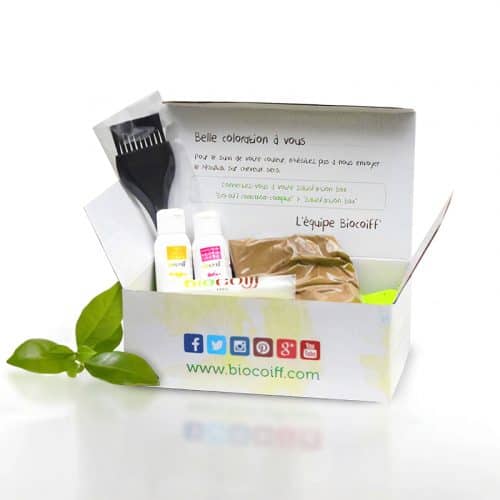 49.90 €
49.90 € -
Promo !


 Coloration Végétale
Coloration Végétale
 Balayage minéral
Balayage minéral
 Soins Capillaires
Soins Capillaires
 Coupe
Coupe
 Diagnostic gratuit
Diagnostic gratuit
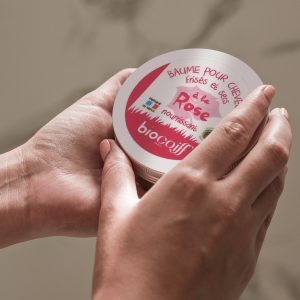 Accueil E-boutique
Accueil E-boutique
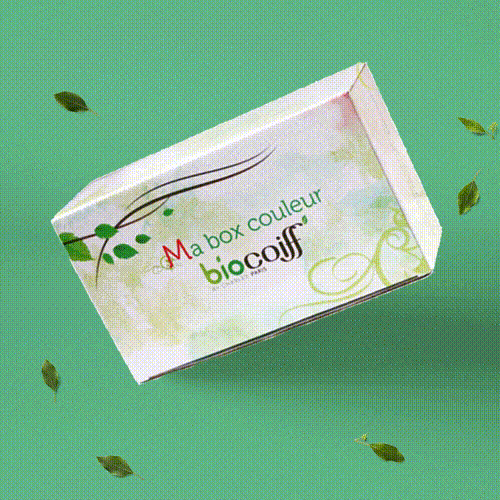 Box Couleur
Box Couleur
 Shampoings
Shampoings
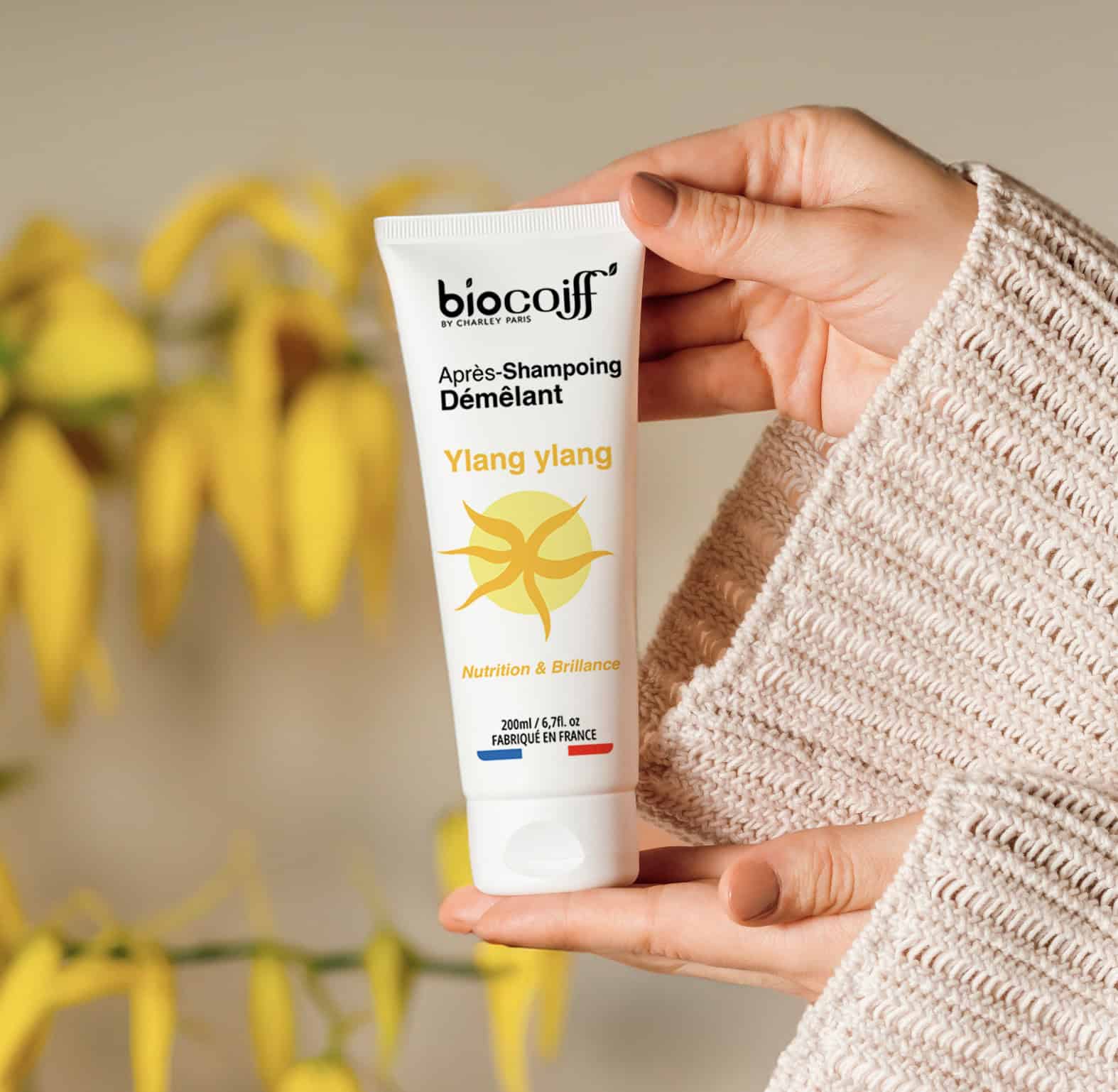 Soins
Soins
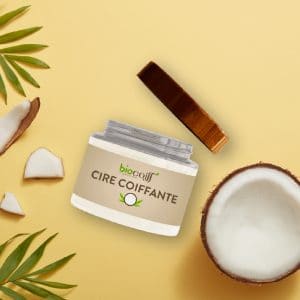 Coiffants
Coiffants
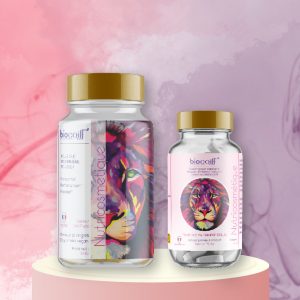 Nutricosmétiques
Nutricosmétiques
 Accessoires
Accessoires

